This phylum forms the second largest animal group in kingdom Animalia.
Habitat: They can be terrestrial or aquatic.
Examples:



Pila (Apple snail) Pinctada (Pearl oyster) Sepia (Cuttlefish)
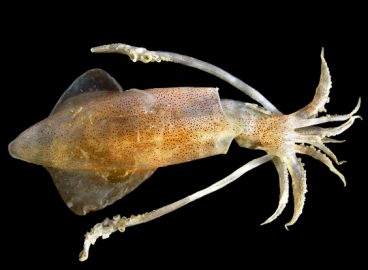

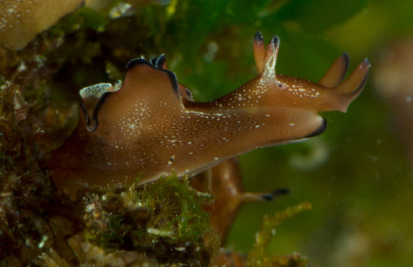
Loligo (Squid) Octopus (Devil fish) Aplysia (Seahare)
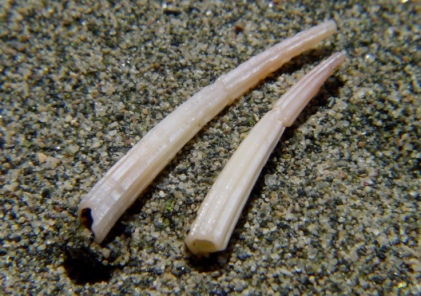
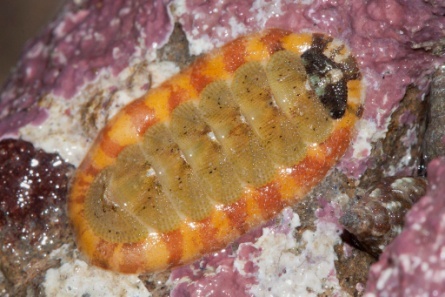
Dentalium (Tusk shell) Chaetopleura (Chiton)
Body plan: They have organ-system level of organization.
Symmetry: Molluscans are initially bilaterally symmetrical, but later due to torsion; it is lost in most of the members.
Germ layer: They are triploblastic and coelomate animals.
Body characteristics:
- Body is divided into distinct head, muscular foot and visceral hump and a mantle.
- The mantle is composed of a soft and spongy layer of skin over the visceral hump. It secretes a shell which later hardens by the deposition of calcium.
- The space between the hump and the mantle is called the mantle cavity. Gills are present in this cavity.
- The anterior head region has sensory tentacles.
- The mouth contains a file-like rasping organ for feeding, called radula.

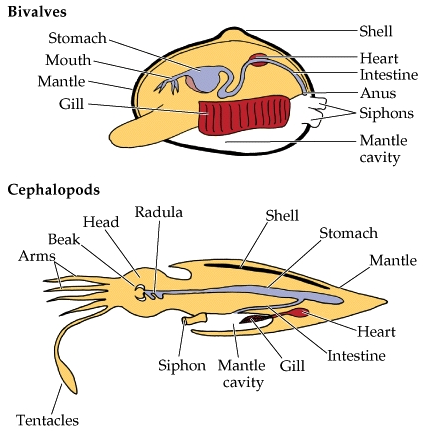
Physiology: Gills have respiratory and excretory functions. Annelids have an open circulatory system. The body fluids contain phycocyanin (a copper- containing pigment).
Reproduction: Sexes are separate (dioecious). Fertilization is oviparous.
Embryo Development: Development is indirect involving 3 larvae- Trochophore larva, Veliger larva and Glochidium larva.
